The Inciting vs. the Key Event: The Story Structure Series Part Two
It’s time to set your novel’s plot in motion…
Of course, there are as many ways to begin your story’s plot as there are stories themselves. From invading armies to freak accidents, chance encounters, and mysterious discoveries, ever story will have a slightly different catalyst sparking its plot. However, all of these events can be be understood through the lens of two key plot points—the Inciting Event and Key Event.
These two plot points represent the beginning of your story’s plot. They trigger your novel’s conflict, yet they remain an often overlooked part of story structure, sometimes conflated as one event, sometimes forgotten all together. Because of how these two events overlap, many writers struggle to understand them. So, today let’s do away with that confusion.
_______________________________
This article is part of a series of posts about the Three Act Structure. If you’d like to check out the rest of the series, make sure to browse the other articles listed at the end of this post.
_______________________________
The Start of Your Plot: The Inciting Event
Contents
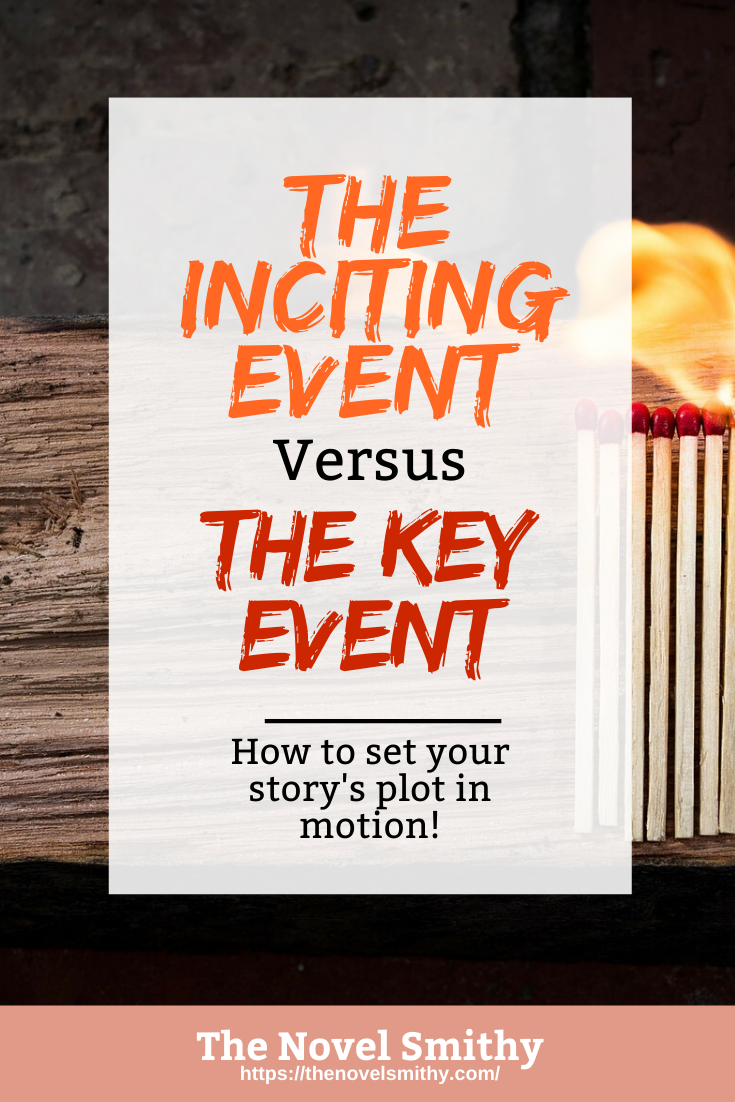 The Inciting Event is the true start of your novel’s plot, essentially acting as the spark that lights the match. It begins the irreversible movement of your story’s conflict by triggering whatever event will ultimately set your plot in motion.
The Inciting Event is the true start of your novel’s plot, essentially acting as the spark that lights the match. It begins the irreversible movement of your story’s conflict by triggering whatever event will ultimately set your plot in motion.
However, it’s important to know that the Inciting Event is only plot focused—it’s not concerned with your protagonist’s involvement in said plot. That comes with the Key Event, which we’ll look at next.
So where exactly does the Inciting Event fall within your story’s structure?
This is one of the major points of confusion for the Inciting Event, because it can occur as early as the Hook or as late as the First Plot Point. Unlike other well-known plot points, there is no specific time in Act 1 where the Inciting Event must happen.
Instead, a good rule of thumb is that the Inciting Event should occur early in Act 1. It begins the plot and therefore the bulk of your story. If your story begins too far in advance of the Inciting Event, your reader may wonder what the point of your story really is, making it harder to get them invested in the adventure.
Handling Long-Term Conflicts:
With that said, sometimes the Inciting Event occurs outside the scope of your story.
For example, the start of a major war or a key discovery could fill this role, all while happening decades before the events of the story. In this situation, the conflict begins long before your novel does, even though it plays an important role in your story.
Unfortunately, this comes with a lot of downsides.
For one, it can make the conflict feel removed from the immediate events of your story, and it may also make it harder to get your protagonist involved at the Key Event.
However, that doesn’t mean distant conflicts can’t act as a driving force in your plot—just that your Inciting Event needs to be more immediate, even if it’s closely related to a long past conflict. By having your Inciting Event occur within the scope of your story you create a clear focal point and a more pressing, timely conflict versus one bogged down by backstory.
The Inciting Event of Star Wars: A New Hope:
As an example of the balance between a long distant conflict and a more timely Inciting Event, let’s look at a story you may be familiar with.
In this story a great war began hundreds of years ago, but the Inciting Event occurs thanks to a breakthrough for the rebel forces as they seek to gain the upper hand. Without this breakthrough the war would have continued on as normal, creating little plot development despite the lingering conflict.
Most importantly, this new development helps the conflict feel immediate.
As you can probably guess, this is the exact opening of Star Wars: A New Hope.
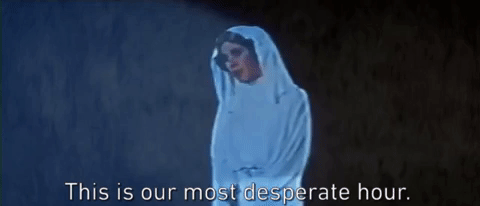
In the very first scene of the movie, Princess Leia sends R2-D2 and C3-PO to escape the clutches of the Empire with stolen plans for the Death Star and a message calling for help. These plans are the secret the rebels need to destroy the Empire’s super weapon, potentially shifting the tide of a decades long war. So, while the war has dragged on for ages, this new development changes the game and paves the way for the plot of the movie.
Of course, this event is purely focused on plot, and our unsuspecting hero won’t become involved until later on, at the Key Event.
Understanding the Key Event
While the Inciting Event is plot focused, the Key Event is all about your protagonist. It’s the other side of the Inciting Event, and it’s where your plot and protagonist finally meet and start affecting one another.
In short, the Key Event is when your hero officially becomes embroiled in your plot.
Just like the Inciting Event, the Key Event can occur in a variety of places in your story. It’ll always be after the Inciting Event since it relies on the plot being fully in motion, however it can happen anywhere from multiple scenes after the Inciting Event to practically concurrent with it. This depends on the needs of your story and how late in Act 1 your Inciting Event occurs.
Overall, a good starting place is to have your Key Event occur midway through Act 1—maybe a little after—in order to give your protagonist time to prepare both mentally and physically for their journey. This leaves room for reflection, further character development, and even some resistance from your protagonist, giving you plenty of time to fulfill the other requirements of Act 1 without rushing your story.
However, if the most natural place for your Key Event to occur within your story is closer to the end of Act 1, that’s perfectly fine as well.
This is by far one of the most flexible plot points in the Three Act Structure, so focus on weaving it into your story naturally, rather than trying to force it. Just make sure you cover these important elements of Act 1 in some way if you go this route.
The Key Event of Star Wars: A New Hope:
The Key Event of A New Hope happens when Luke and his uncle purchase R2-D2 and C3-PO from Jawa traders on Tattooine, unaware of their rebel origins. Most importantly, these droids are the catalyst for Luke, dragging him into a rebel fight he’s not prepared for. Essentially, by purchasing the droids Luke and his family enter the line of fire, setting up his involvement as the protagonist of the rest of the series.
Based on these two examples, you can hopefully see why the Inciting Event and Key Event are distinct as plot points. While the Inciting Event is concerned with the catalyst of your story’s plot, the Key Event focuses on how your protagonist becomes involved in that plot.
The Inciting Event and Key Event in Action
Disney’s Mulan:
The Inciting Event:
When we last left Mulan’s story in part one of this series, we had been introduced to her and her family and seen her place in society. More specifically, she had just finished her—failed—meeting with the Matchmaker and was struggling with her sense of self-worth.
This is when things take a downward turn in Mulan’s life. Messengers arrive in her village, and her father is called to war to fight the Huns. However, this next scene is not the Inciting Event on the movie—for that we have to go backwards, to a scene we skipped over in part one.
You see, immediately after introducing the Hun invasion to the audience, the movie shifts its focus to the Emperor of China’s throne room. Here he meets with one of his generals to develop a plan against the invasion. While the general believes his army can handle it, the Emperor insists on calling a draft, just in case the Huns prove more formidable.
This is Mulan’s Inciting Event.
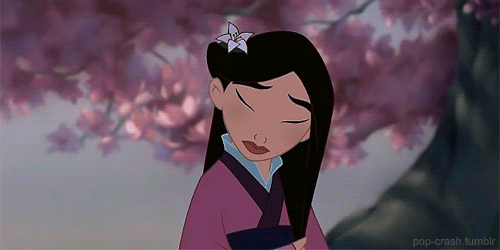
Not only does this scene add tension, but it also sets up the external conflict of the movie, that being the confrontation between the Chinese army and the Huns.
Likewise, by showing this conversation on screen, the writers create a time sensitive and immediate conflict. It would have been easy to leave this as a throwaway line and open the movie with only Mulan’s daily routine.
However, this would have gutted the movie of its Hook, as well as stolen away much of the impact of Mulan’s early scenes. In particular, her loving conversations with her father carry extra weight because we know a storm is coming, about to shake up her quiet life.
The Key Event:
These distant concerns become a reality when Mulan’s father is drafted into the army, despite his age and wounded leg. This marks the Key Event of Mulan. The plot is no longer a nebulous thing—now it’s closely entangled with Mulan’s own life.
Of course, the Key Event pulls double duty here. Not only does is get Mulan directly involved in the plot by calling her beloved father to war, but it also agitates her inner struggle, that being her lack of self-worth. If she’d been her father’s son she would have been drafted in his place, saving him from the almost certain death that waits at the front lines.
Instead she’s his daughter.
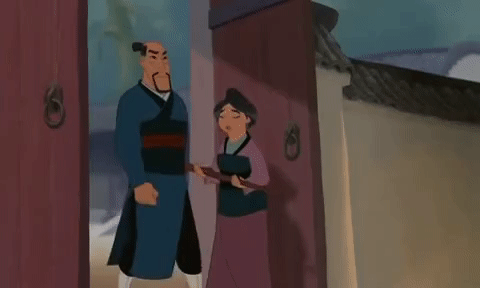
She’s powerless because of the restrictions society puts on her, and she’s unable to protect her family as a result. Because of that, this scene quickly becomes one more pressure point pushing Mulan towards the pivotal decision that’ll come at the First Plot Point.
This elevates the Key Event from being a simple plot point to being an important illustration of Mulan’s inner struggle and character arc, one that sets up the inner journey she’ll go on throughout the movie. Her adventure is about to begin, but for now she is mourning a painful loss she feels powerless to prevent.
Nausicaä of the Valley of the Wind:
The Inciting Event:
Just like Mulan, we last left Nausicaä’s story as the Inciting and Key Events were about to occur. Nausicaä had returned with Lord Yupa to the Valley of the Wind, and was greeted by the villagers. Her father, the king of the Valley, shared a meal with Nausicaä, Lord Yupa, and her grandmother, discussing the growing violence and decay among the other kingdoms and the legend that a figure garbed in blue would come to return peace to the world.
Nausicaä’s Inciting Event comes directly after this moment of calm worldbuilding.
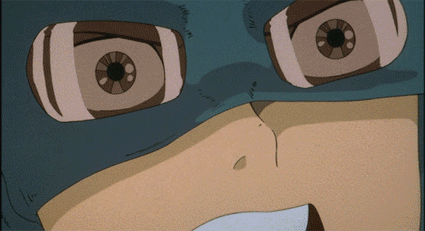
That night, an airship crashes into the Valley. It’s a Tolmekian ship, owned by a neighboring kingdom known for its aggression. In the rubble Nausicaä finds a captive girl who identifies herself as the Princess of Pejite, another local kingdom, and begs Nausicaä to destroy the cargo of the ship as she dies of her wounds.
As this request implies, the crash brings more than a destroyed ship and a dead girl—spores from the Toxic Jungle are carried on the hull and a massive beating heart is found unharmed in the wreckage, even after hours of intense flames. This sets up the various threads that will create the main conflict of the movie’s plot later on—that being the Tolmekian invasion, the spreading spores, and the resurrection of the weapon lying dormant inside that giant heart.
With that said, you may wonder why this doesn’t function as the Key Event as well.
It directly involves Nausicaä and her Valley and clearly threatens the peace they’ve cultivated there, so wouldn’t it work as the Key Event too Well, despite this, the Key Event doesn’t come until later. While the airship acts as the Inciting Event and sets up the story’s plot, Nausicaä is not yet personally entangled with the conflict outside the confines of her valley, and her people could still walk away unharmed.
The Key Event:
All of this changes when the Tolmekian army arrives, hunting for the downed airship and the dormant weapon. Landing a fleet of airships in the Valley, the Tolmekians swarm the village, capturing the residents and murdering Nausicaä’s father as part of the invasion.
Suddenly, Nausicaä is personally involved in the conflict.
Her father is dead and her Valley is under occupation, and in a fit of rage she lashes out at the soldiers, only stopping when Lord Yupa interferes. She no longer stands above the violence her world suffers from—now she’s a part of it, and has no easy route to escape.
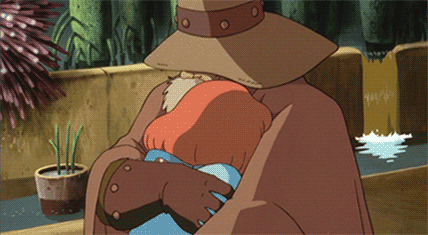
In this way, Nausicaä’s Key Event highlights her character arc just like Mulan’s did. It shows her struggle to uphold her truth and acts as one of the many challenges she’ll face as her flat arc progresses. Additionally, this Key Event also establishes the film’s Dramatic Question:
“Will Nausicaä be able to save the Valley?”
This is well timed, as the question presented by the Hook was loosely answered two scenes prior. This Dramatic Question will pick up the slack and keep the viewers invested for the remainder of the movie.
Setting the Stage for Your Plot
Hopefully by now you have a better grasp on the differences between the Inciting and Key Events. While similar, these two events play very different roles in your story.
Without both firing on all cylinders, either your plot or cast will suffer.
Fortunately, the distinction between these two is clear once you know how both work. While the Inciting Event is all about setting the stage for your novel’s plot, the Key Event is what pulls your protagonist firmly into that plot. Your protagonist has a little ways to go before they set out on their journey, but these events have set the stage for everything to come.
Next up, we’ll be covering the First Plot Point and finally setting your story fully in motion!
Do you have any questions about the Inciting Event? Let me know in the comments!
- ACT 1
- The Story Structure Series Pt.1: Act 1 and the Hook
- The Story Structure Series Pt.2: The Inciting Versus Key Event
- The Story Structure Series Pt.3: The First Plot Point
- ACT 2
- ACT 3



We’ve always been been taught the “key” event and inciting event were different words for the same point in structure and both essentially close Act I so the rising action can commence. This is refreshing!
Glad I could offer a new perspective Jake!